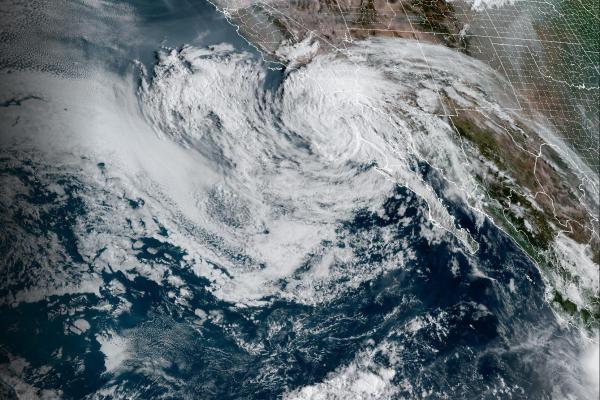New scale for Atmospheric Rivers could be applied globally
14 Mar 2023 by The Water Diplomat

A new study shows that it is possible to apply a five-point scale to what climatologists refer to as ‘atmospheric rivers’. Using such a scale could assist early warning systems and underpin preventive action for extreme weather events. Recently, more and more studies have pointed to the importance of atmospheric rivers in transporting moisture across the globe. The recent increase in frequency and destructive impact of extreme weather events which are associated with heavy precipitation in the form of snow, hail or rain, has also led to an increased interest in the topic.
An ‘atmospheric river’ is described as a long, narrow and relatively short lived ‘corridor’ of rain or snow. The origins of these rivers are to be found in low pressure systems that have their origins in tropical areas and are rapidly transported by low level jet stream. Where these moisture-laden low pressure zones are forced upwards by mountains or, more often, by being lifted to higher altitudes by a warm airstream moving towards the earth’s poles. In the middle latitudes of the earth. atmospheric rivers account for an average 90% of the vapour transport towards the poles from middle latitudes. Due to increasing global temperatures, these atmospheric rivers are growing in frequency and intensity: California has recently experienced nine such events in a row.
Using NASA data, researcher Bin Guan and colleagues examined the potential global application of an atmospheric river scale of 1-5 - with a similar classification to that of hurricanes - which has recently been being used in North America. The scale, it is thought, could help to distinguish ‘beneficial’ atmospheric rivers such as drought-busting events from destructive events such as floods.
The initial results of the study are promising: the scale is relatively simple to apply globally and could help communicate the potential impact of an atmospheric river, especially against the background of increased global data availability and potential for international collaboration.
